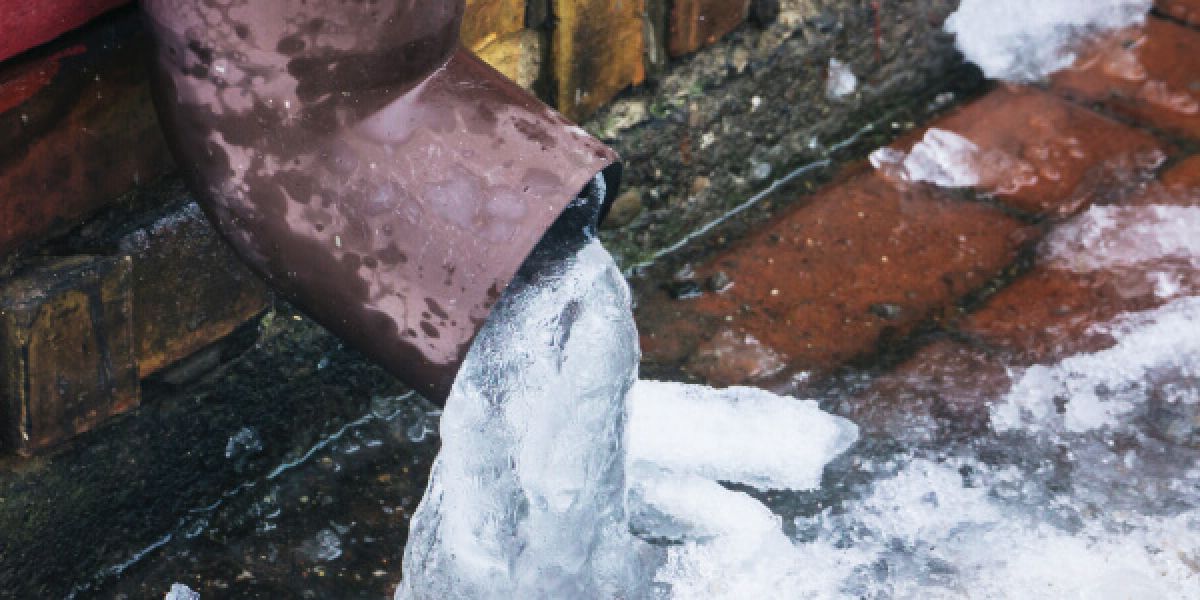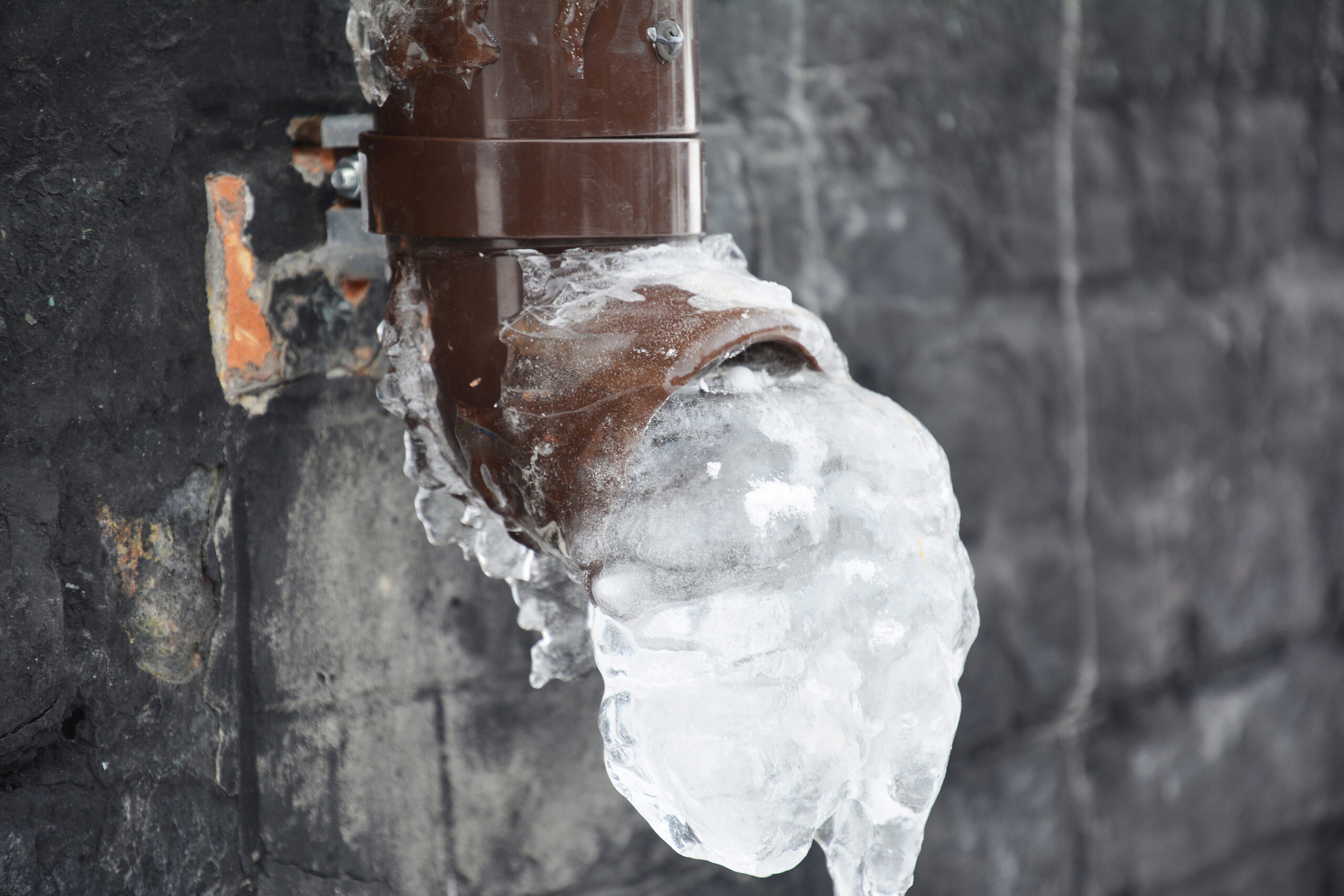Guidance for Avoiding Frozen Plumbing in Cold Weather: Specialist Insights
Guidance for Avoiding Frozen Plumbing in Cold Weather: Specialist Insights
Blog Article
This article on the next paragraphs pertaining to Prevent Frozen Pipes is truly insightful. You should take a look.

Winter can wreak havoc on your plumbing, particularly by freezing pipelines. Here's how to stop it from taking place and what to do if it does.
Introduction
As temperatures drop, the risk of icy pipelines boosts, possibly bring about pricey fixings and water damage. Understanding just how to avoid frozen pipes is critical for home owners in cool environments.
Prevention Tips
Protecting vulnerable pipes
Wrap pipes in insulation sleeves or use heat tape to protect them from freezing temperature levels. Focus on pipelines in unheated or external areas of the home.
Home heating strategies
Keep indoor areas appropriately heated up, especially locations with pipes. Open up cupboard doors to permit cozy air to circulate around pipes under sinks.
Exactly how to identify frozen pipelines
Look for reduced water flow from faucets, uncommon smells or noises from pipes, and visible frost on exposed pipes.
Long-Term Solutions
Architectural adjustments
Think about rerouting pipelines away from exterior walls or unheated areas. Add added insulation to attic rooms, basements, and crawl spaces.
Updating insulation
Buy top quality insulation for pipelines, attics, and walls. Correct insulation aids keep consistent temperatures and minimizes the danger of frozen pipes.
Safeguarding Outside Pipes
Yard tubes and outdoor faucets
Detach and drain yard hose pipes prior to winter months. Install frost-proof faucets or cover outside taps with protected caps.
Comprehending Icy Pipes
What creates pipes to freeze?
Pipelines ice up when revealed to temperatures below 32 ° F (0 ° C) for prolonged periods. As water inside the pipelines freezes, it expands, taxing the pipe walls and possibly creating them to burst.
Threats and problems
Icy pipes can lead to water disturbances, building damage, and expensive fixings. Burst pipes can flooding homes and trigger considerable architectural damage.
Indications of Frozen Water Lines
Identifying frozen pipes early can stop them from rupturing.
What to Do If Your Pipelines Freeze
Immediate actions to take
If you presume icy pipelines, keep taps open up to ease pressure as the ice thaws. Make use of a hairdryer or towels taken in warm water to thaw pipes gradually.
Conclusion
Preventing icy pipelines calls for proactive measures and quick responses. By comprehending the causes, signs, and preventive measures, homeowners can shield their plumbing throughout cold weather.
Helpful Tips to Prevent Frozen Pipes this Winter
UNDERSTANDING THE BASICS: WHY PIPES FREEZE AND WHY IT’S A PROBLEM
Water freezing inside pipes is common during the winter months, but understanding why pipes freeze, and the potential problems it can cause is crucial in preventing such incidents. This section will delve into the basics of why pipes freeze and the associated problems that may arise.
THE SCIENCE BEHIND FROZEN PIPES
When water reaches freezing temperatures, it undergoes a physical transformation and solidifies into ice. This expansion of water as it freezes is the primary reason pipes can burst. As the water inside the pipe freezes, it expands, creating immense pressure on the walls. If the pressure becomes too great, the pipe can crack or rupture, leading to leaks and water damage.
FACTORS THAT CONTRIBUTE TO PIPE FREEZING
Low Temperatures: Extremely cold weather, especially below freezing, increases the risk of pipes freezing. Uninsulated or Poorly Insulated Pipes: Pipes located in unheated areas, such as basements, crawl spaces, or attics, are more prone to freezing. Insufficient insulation or lack of insulation altogether exacerbates the problem. Exterior Wall Exposure: Pipes running along exterior walls are susceptible to freezing as they encounter colder temperatures outside. Lack of Heating or Temperature Regulation: Inadequate heating or inconsistent temperature control in your home can contribute to frozen pipes. PROBLEMS CAUSED BY FROZEN PIPES
- Pipe Bursting: As mentioned earlier, the expansion of water as it freezes can cause pipes to burst, resulting in significant water damage.
- Water Damage: When pipes burst, it can lead to flooding and water damage to your property, including walls, ceilings, flooring, and personal belongings.
- Structural Damage: Prolonged exposure to water from burst pipes can compromise the structural integrity of your home, leading to costly repairs.
- Mold and Mildew Growth: Excess moisture from water damage can create a favorable environment for mold and mildew growth, posing health risks to occupants.
- Disrupted Water Supply: Frozen pipes can also result in a complete or partial loss of water supply until the issue is resolved.
WHY CERTAIN PIPES ARE MORE PRONE TO FREEZING
- Location: Pipes located in unheated or poorly insulated areas, such as basements, crawl spaces, attics, or exterior walls, are at higher risk of freezing.
- Exterior Pipes: Outdoor pipes, such as those used for irrigation or exposed plumbing, are particularly vulnerable to freezing as they are directly exposed to the elements.
- Supply Lines: Pipes that carry water from the main water supply into your home, including the main water line, are critical to protect as freezing in these lines can affect your entire plumbing system.
- Underground Pipes: Pipes buried underground, such as those connected to sprinkler systems or outdoor faucets, can be susceptible to freezing if not properly insulated.
https://busybusy.com/blog/helpful-tips-to-prevent-frozen-pipes-this-winter/

Hopefully you enjoyed our section on 6 Ways to Prevent Frozen Pipes. Thanks a ton for taking a few minutes to read our piece of content. So long as you enjoyed reading our blog posting plz be sure to pass it around. Thanks a lot for being here. Don't hesitate to check our site back soon.
Schedule A Free Estimate Report this page